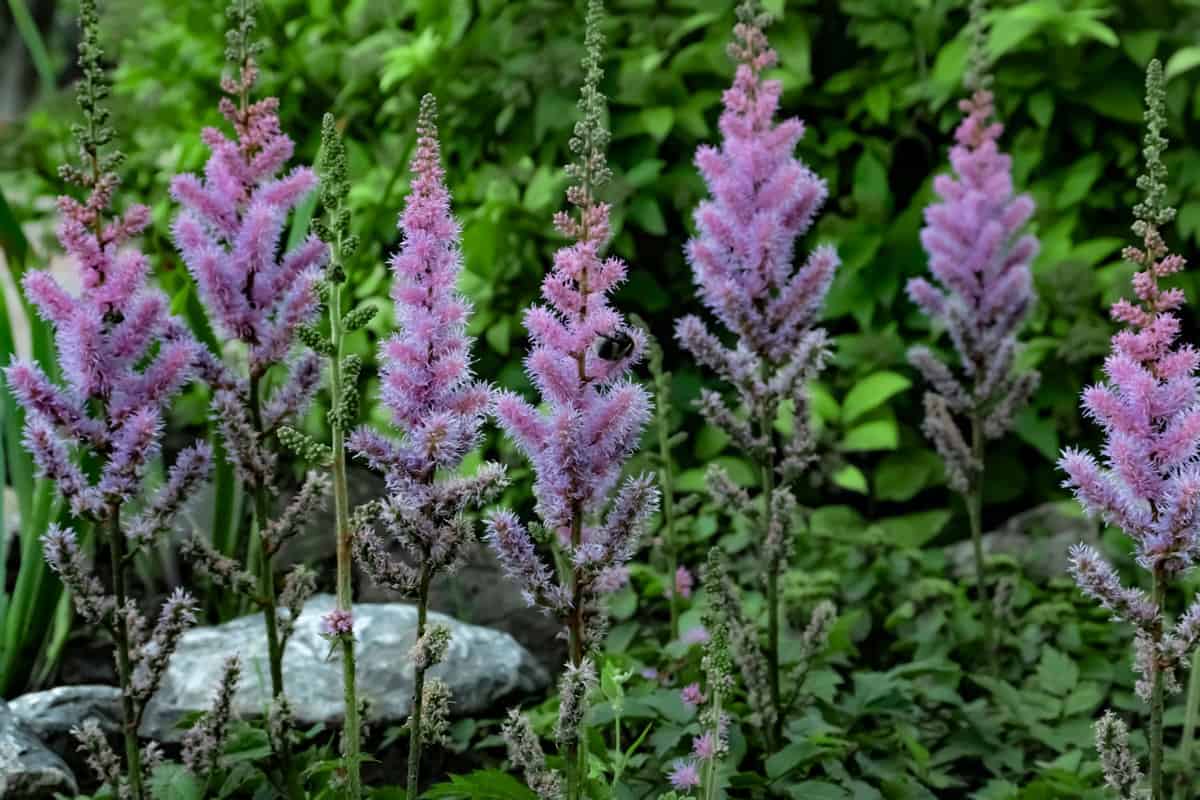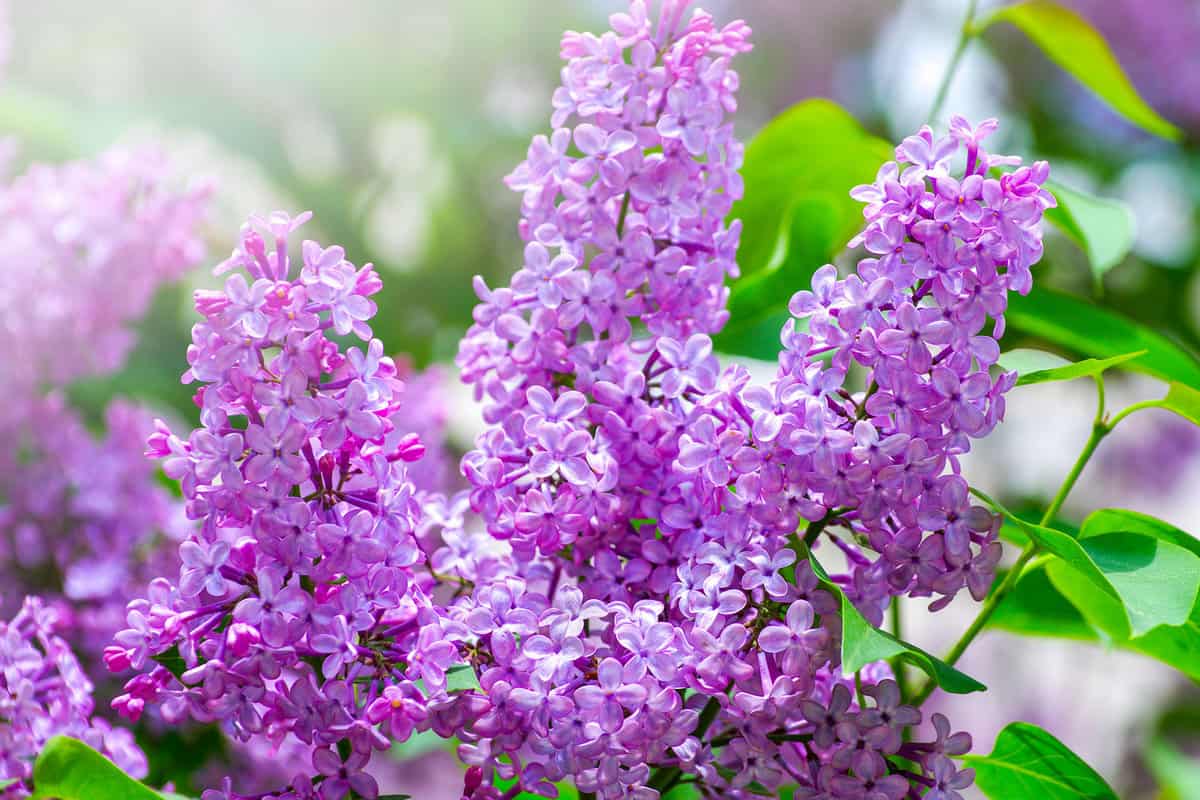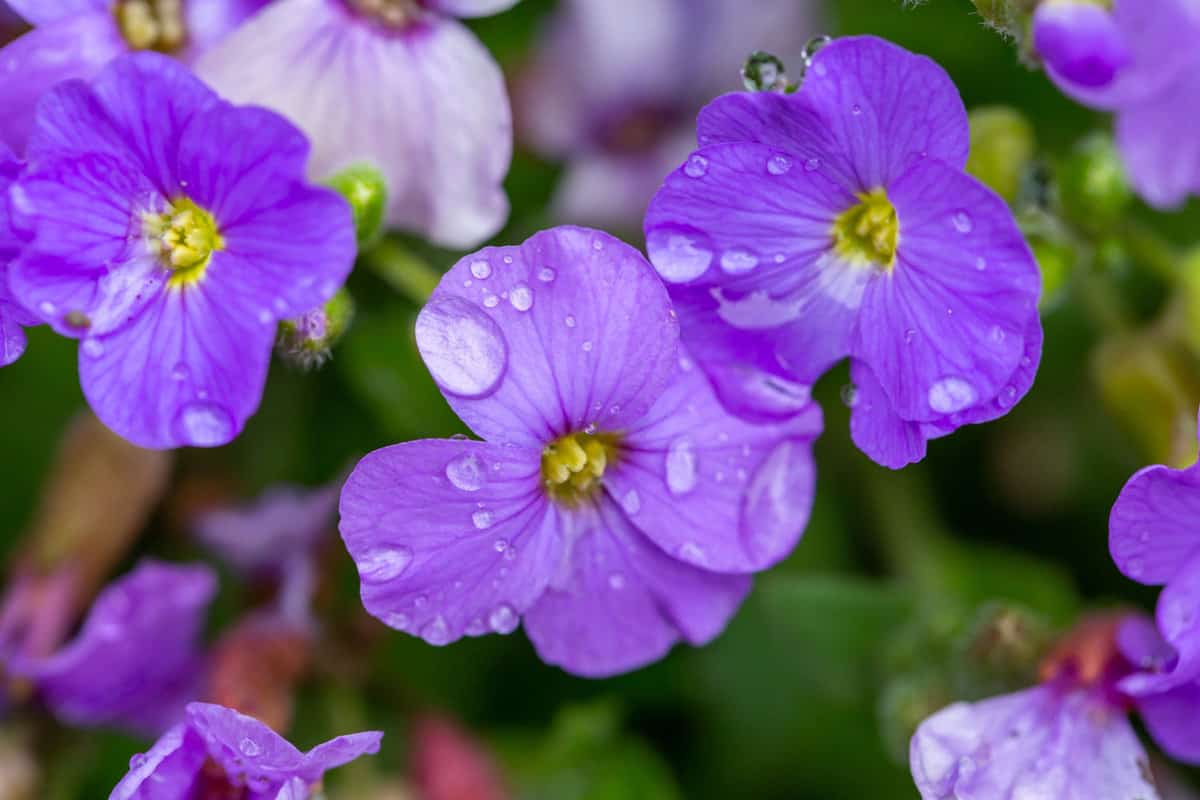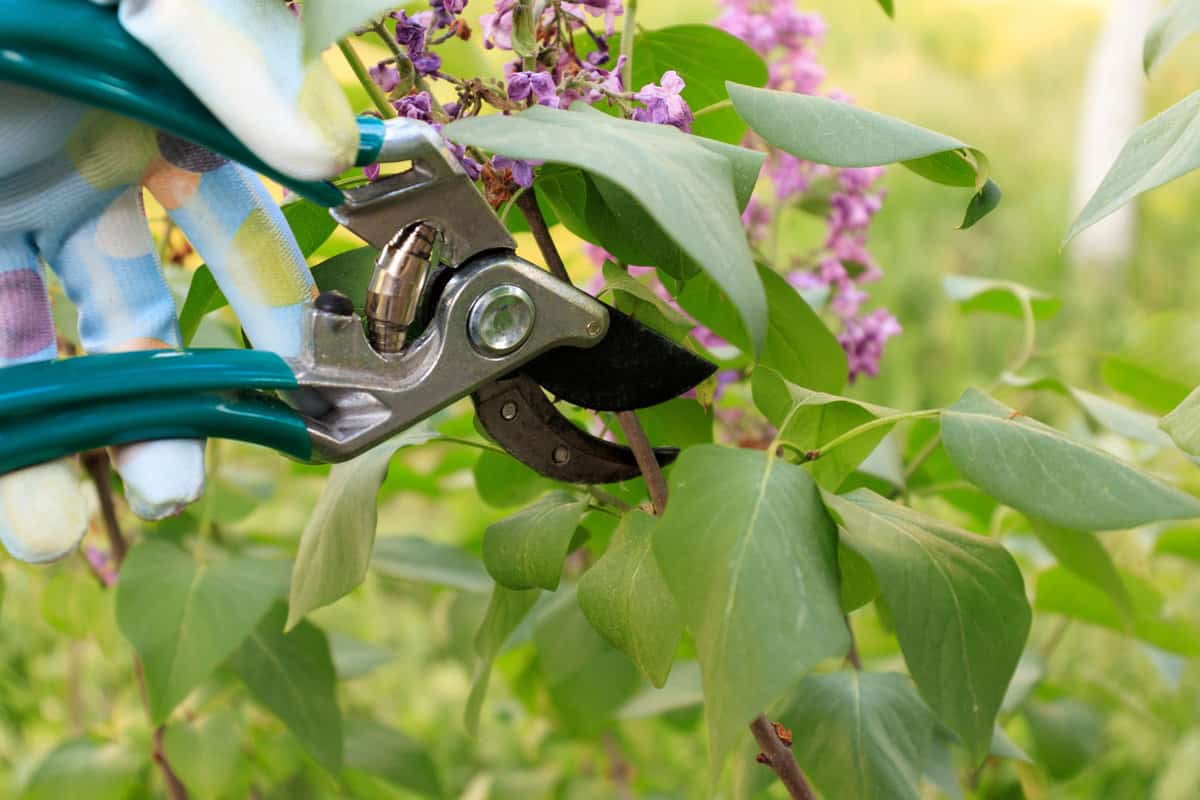Are you looking to bring in more beauty and fragrance to your garden or landscape? Look no further than the lilac!
These beautiful blooms are a favorite among gardeners and landscapers, and it's easy to see why.

With their sweet fragrance and vibrant colors, lilacs offer a lot.
While it's true that some lilac varieties have a more vigorous root system, there are plenty of ways to keep them under control to ensure they don't cause any issues.
In fact, with a little bit of know-how, you can enjoy the beauty of lilacs without any negative effects.
In this article, we'll discuss lilac roots and offer some tips and tricks on how to plant and care for them.
You'll discover the many benefits of lilacs and learn how to create a stunning, fragrant garden.
What is Lilac?
Lilac is a type of flowering shrub or small tree that belong to the olive family. They are native to Europe and Asia but are now grown all over the world.
Lilacs are known for their beautiful, fragrant blooms that come in shades of pink, purple, white, and even yellow.

They typically bloom in the spring and early summer and attract pollinators like bees and butterflies.
Today, lilacs are a popular choice for gardeners and landscapers alike.
They are easy to grow and care for, and can add a touch of elegance and beauty to any landscape.
With proper planting techniques and maintenance, lilacs can thrive for many years, providing you with a stunning display of color and fragrance season after season.
Does Lilac Have Invasive Roots?
Contrary to popular belief, lilacs are not known for having invasive roots that can damage nearby structures and plants.
Lilacs have a shallow root system that typically grows within the top 12 inches of soil.

Additionally, they have a non-aggressive growth habit, which means they are unlikely to spread beyond their intended planting area.
This makes them a great choice for gardeners looking for a low-maintenance and easy-to-grow shrub.
While lilacs generally do not cause problems with invasive roots, it is still important to plant them in the right location.
Lilacs prefer well-drained soil and full sun, so planting them in a wet or shaded area can cause them to struggle and potentially develop root issues.
Best Location for Lilac
It is important to choose the right location for planting lilac bushes to ensure their healthy growth and prevent any potential issues.
When selecting a location for lilacs, make sure to consider the following factors:
Sunlight
It requires plenty of sunlight to bloom properly. They should be planted in an area that receives at least six hours of direct sunlight per day.
If the area is shaded, the lilacs may not bloom as well or at all.
Soil
Lilacs prefer well-draining soil that is slightly alkaline. They do not do well in heavy clay soils or soil that is too acidic.
Test the soil pH before planting and amend it as necessary to ensure optimal growing conditions.
Space
They can grow up to 15 feet in height and width, making them a standout addition to any outdoor space.
To ensure they have enough space to thrive, plant them at least 5 feet apart from other plants and structures.
Water
Lilac require regular watering, especially during the first few years after planting.

They should be watered deeply once a week and more frequently during hot, dry weather.
By considering these factors, gardeners can choose the best location for planting lilac bushes and enjoy their beautiful blooms for years.
Read more: Year-Round Bushes: Our Top Recommendations to Keep Your Garden Green
Keeping Lilac from Spreading
You can enjoy the beauty of lilac bushes without worrying about them taking over your garden.
Here are some tips for keeping lilacs from spreading.
Prune regularly
Pruning is an important part of maintaining lilac bushes. It not only helps to control their size, but it also encourages healthy growth and can prevent the spread of invasive roots.

Prune your lilac bushes in the late summer or early fall, after they have finished blooming for the season.
Remove suckers
Lilac bushes can produce suckers, which are shoots that grow from the base of the plant.
These suckers can quickly become new lilac bushes if left unchecked. To prevent this, remove suckers as soon as they appear.
Plant in a container
If you're concerned about lilac roots spreading, consider planting your lilac bush in a container.

This keeps the roots contained and prevents them from spreading into other areas of your garden.
Use a root barrier
Another option for containing lilac roots is to use a root barrier. This is a physical barrier that is placed in the ground around the lilac bush to prevent the roots from spreading beyond a certain point.
The Verdict
Lilacs are generally not known for causing problems with root invasion.
Thanks to their shallow root systems and non-aggressive growth habits, lilacs are a low-maintenance and easy-to-grow shrub that can provide years of beauty.
If you're still worried about potential root issues, consider planting a variety like the 'Miss Kim' lilac, which is known to have less invasive roots.
